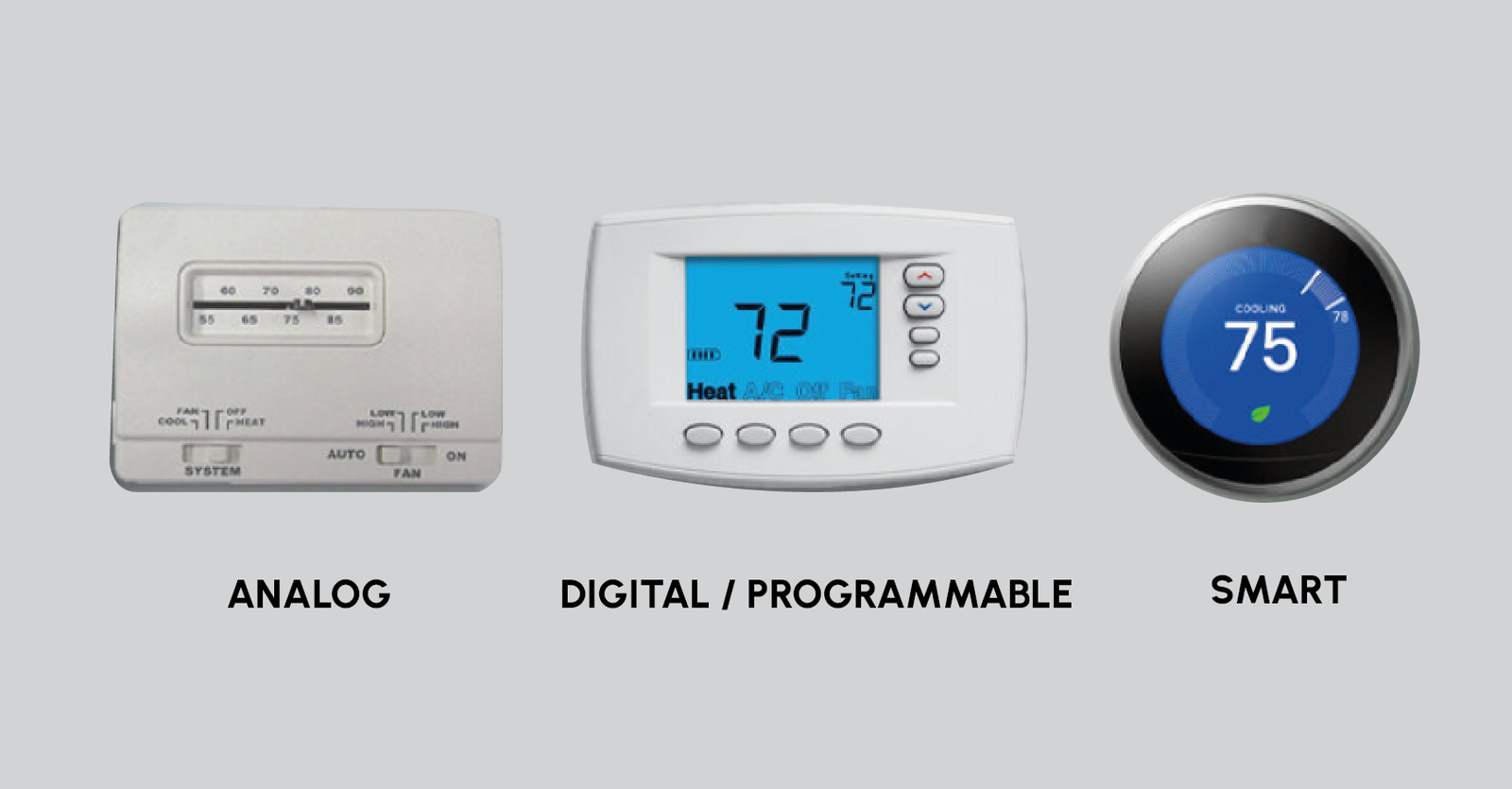Best Practices
Do you want to implement sustainable and environmentally friendly practices in the construction and design of your project?
As experts in sustainable construction, we are here to guide you in the implementation of these practices. From the selection of sustainable materials to the use of renewable energy technologies, we can help you find efficient and effective solutions that not only reduce the environmental impact of buildings, but also improve the quality of life.

Best practices
Glazing
Glazing
In cold and hot weather regions, it is highly recommended that the thermal integrity of a building be maintained through the proper installation of high efficiency, low e-glazing system. Solar control window films have proven to significantly reduce solar heat gain and provide air conditioning costs, thus lowering overall energy costs.

Best practices
Tankless Water Heaters
Tankless Water Heaters
Demand water heaters heat water directly without the use of a storage tank avoiding the standby heat losses associated with storage tanks. The demand water heater delivers a constant supply of hot water. Typically demand water heaters can be 24 to 34% more energy-efficient than conventional storage-tank water heaters.

Best practices
Lighting Control:
Lighting Control:
Photosensor technology and controls are cost-effective, easy to install and calibrate. Studies have shown when installed correctly they can save at least 35% of the energy used for lighting.

Best practices
Air Sealing:
Air Sealing:
Air leakage or infiltration occurs when outside air enters the building uncontrollably through cracks and openings. Properly sealing such cracks and openings can significantly reduce heating and cooling costs, improve building durability, and create a healthier indoor environment.

Best practices
Lighting
Lighting
With the highest efficiency, no mercury, and very long life, LED lights have the lowest carbon footprint among all other lighting sources. LED lighting has the lowest power consumption while reduced cooling loads. They are easily dimmable and maintenance-free. LED lighting is up to 20% more efficient than traditional fluorescent lighting.
Lower heat energy also means reduced cooling load, saving more electricity.

Best practices
Spray Foam Insulation:
Spray Foam Insulation:
Spray foam materials cost more than traditional fiberglass batt insulation. However, since foam insulation provides insulation and air barrier it will reduce airtightness detailing (such as caulking and sealing), and construction time

Best practices
Photovoltaic and Wind Systems:
Photovoltaic and Wind Systems:
Photovoltaic and Wind systems produce energy from sunlight and the wind, generating no air pollution or waste. Sunlight and wind are free and abundant energy sources. PV systems allow harvesting sunlight and generate electricity for use as needed. Wind energy systems utilize wind speed instead.
They have both long life expectancies and require minimum maintenance. The benefits far outweigh the initial costs of both systems. All best practices listed below can be implemented with positive returns at all locations visited on this engagement.

Best practices
Digital Thermostats:
Digital Thermostats:
A savings of 10% on heating and cooling bills can be achieved by simply turning back 10 to 15 degrees for eight hours. This can be done without sacrificing comfort by simply installing an automatic setback programmable thermostat.

Best practices
Automatic Faucets:
Automatic Faucets:
Automatic faucets are water control devices helping save 70% of the water that otherwise swirls down the drain. Other benefits found they help prevent or mitigate scalding accidents from hot water flow coming out of the faucets.

Best practices
Energy Efficient Hand Dryers:
Energy Efficient Hand Dryers:
Most people associate hand dryers with poor performance, energy inefficient, and frustrating results. As new technology evolves, the hand dryer industry has revolutionized its products by making available new green designs that are effective and economical, as well as energy-efficient and environmentally friendly. Greenspec approved products use 80% less energy and can dry hands completely in 10 to 15 seconds. Hand dryers promote hygiene and can provide 95% cost savings over paper towels.

Best practices
Insulating Concrete Foams:
Insulating Concrete Foams:
ICF construction makes a building perform better than a conventional building structure. The airtightness of the building envelope, the combination of the concrete's thermal mass, and expanded polystyrene's R-value result in an outstanding insulating product.
It is estimated that ICF construction can reduce HVAC costs up to 40%

Best practices
Solar Water Heaters:
Solar Water Heaters:
Solar water heaters are really preheaters. They raise the temperature of the water before it enters the standard water heating unit. That means the electric element normally used to raise water temperature consumes less fuel. Solar water heating has two main benefits.
First, it saves costs by reducing the amount of energy. Second, the direct use of solar heat has a very low impact on the environment.

